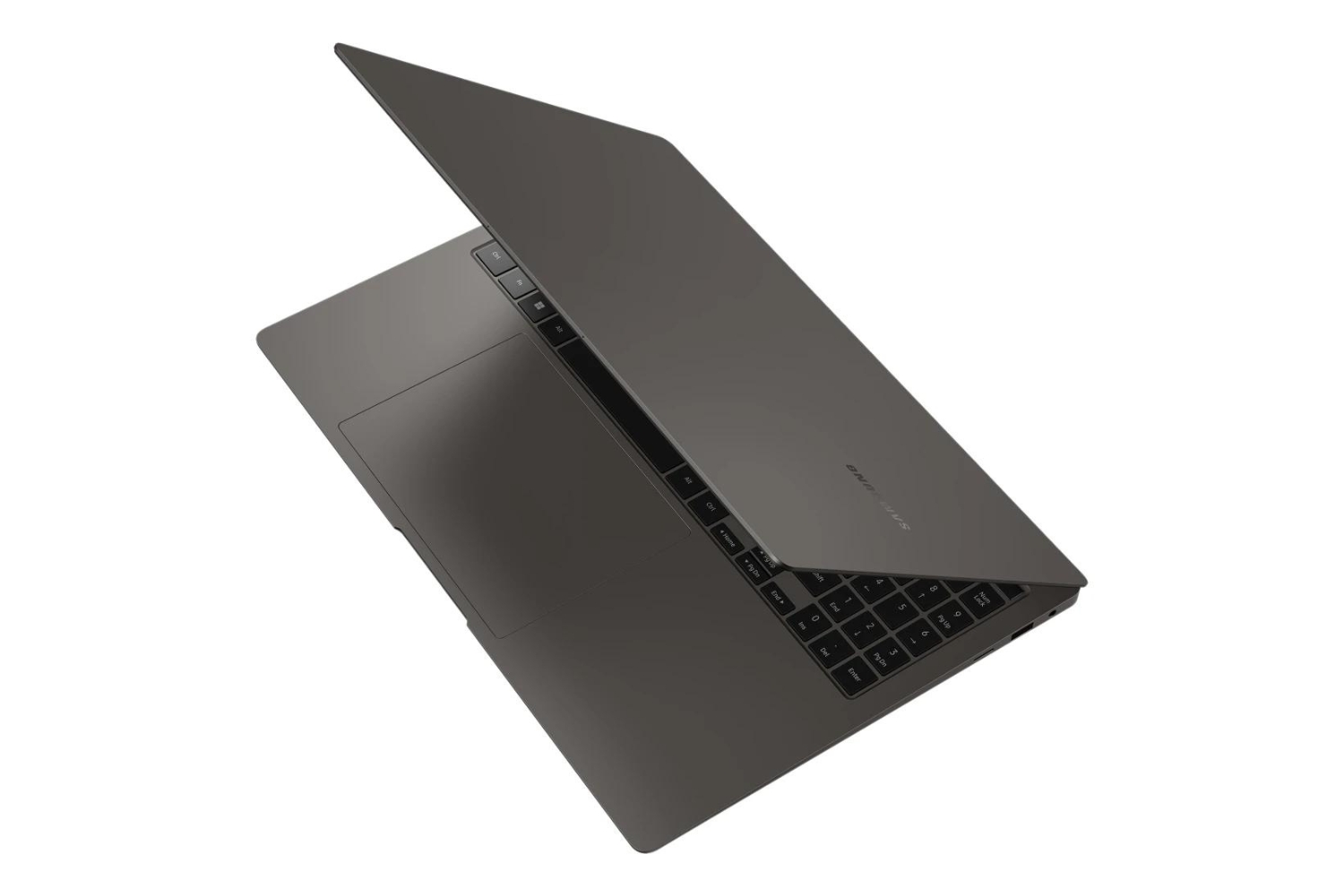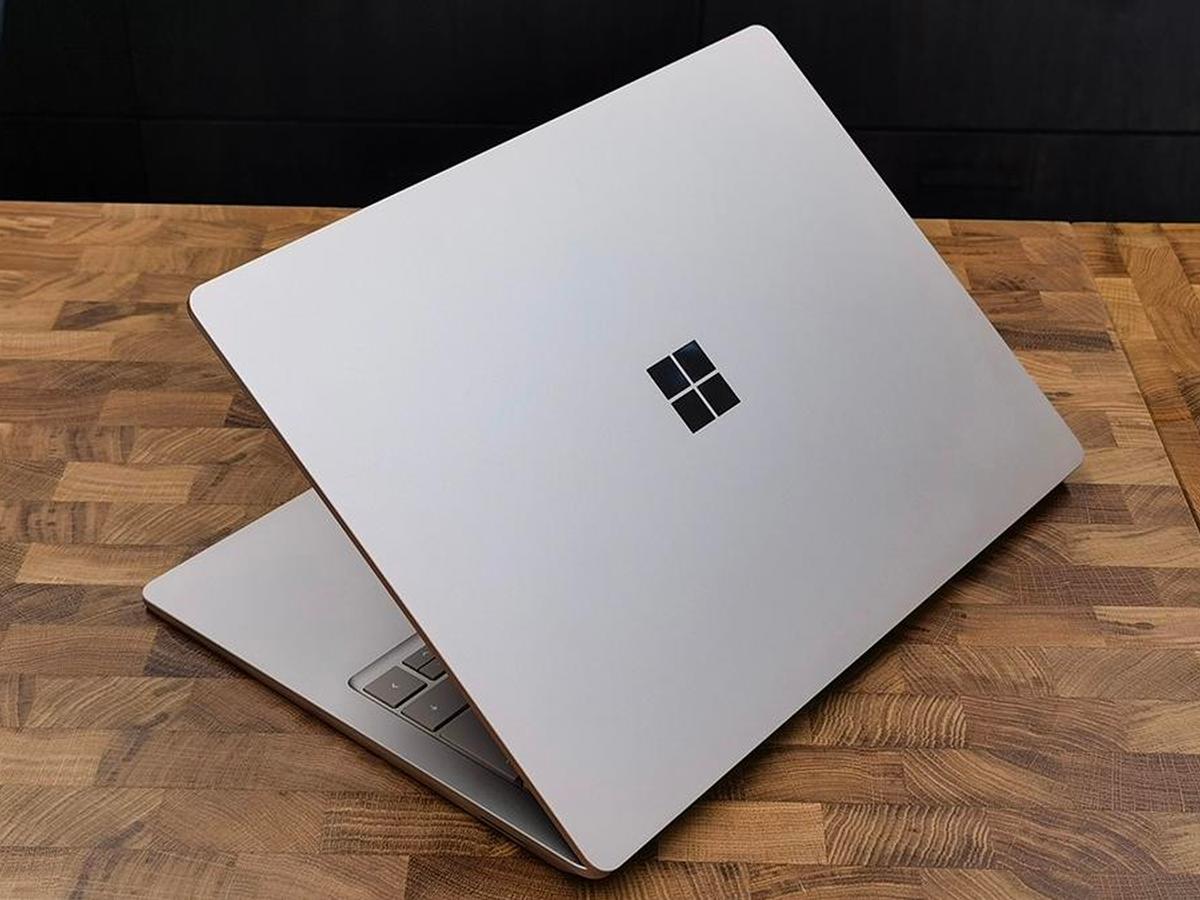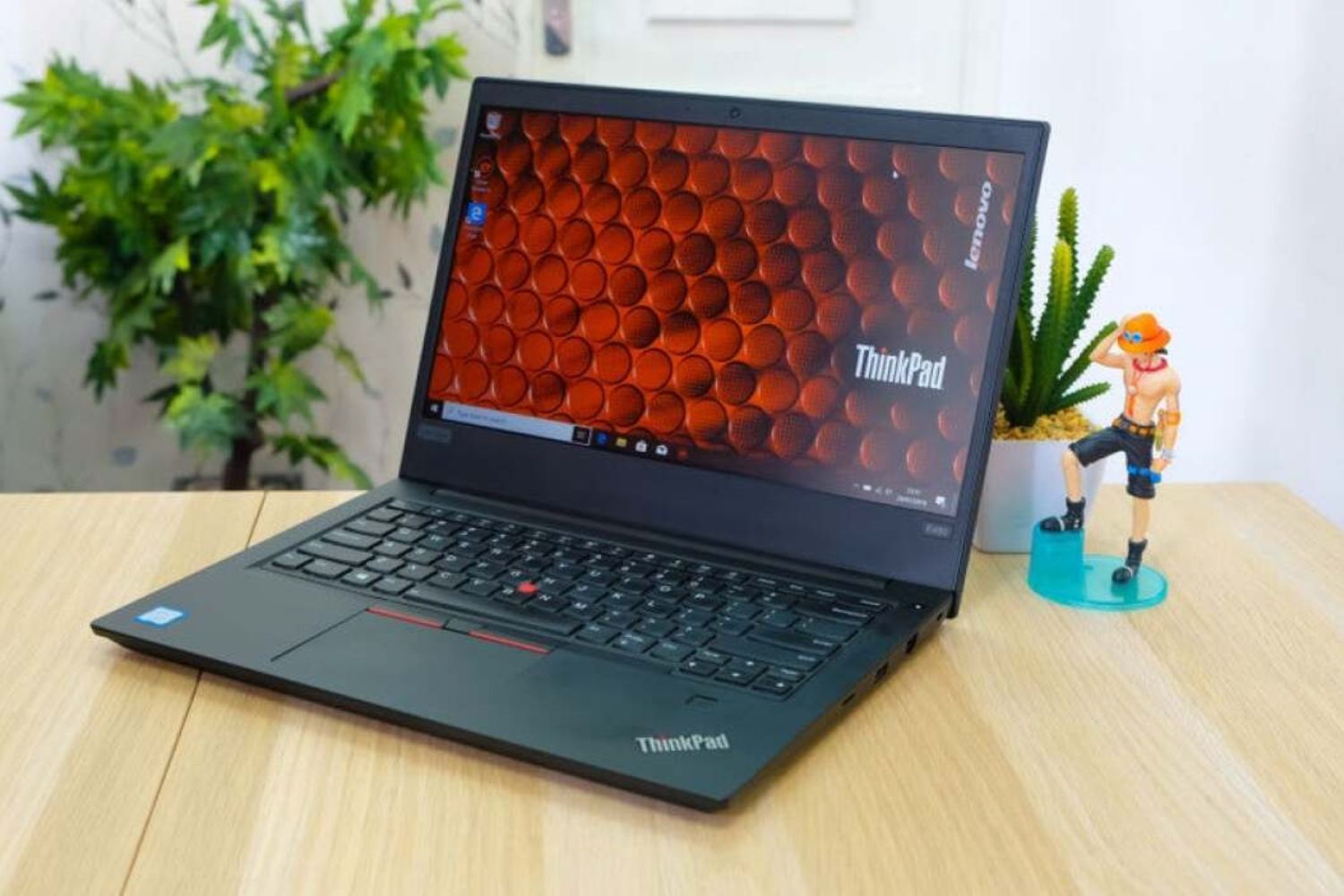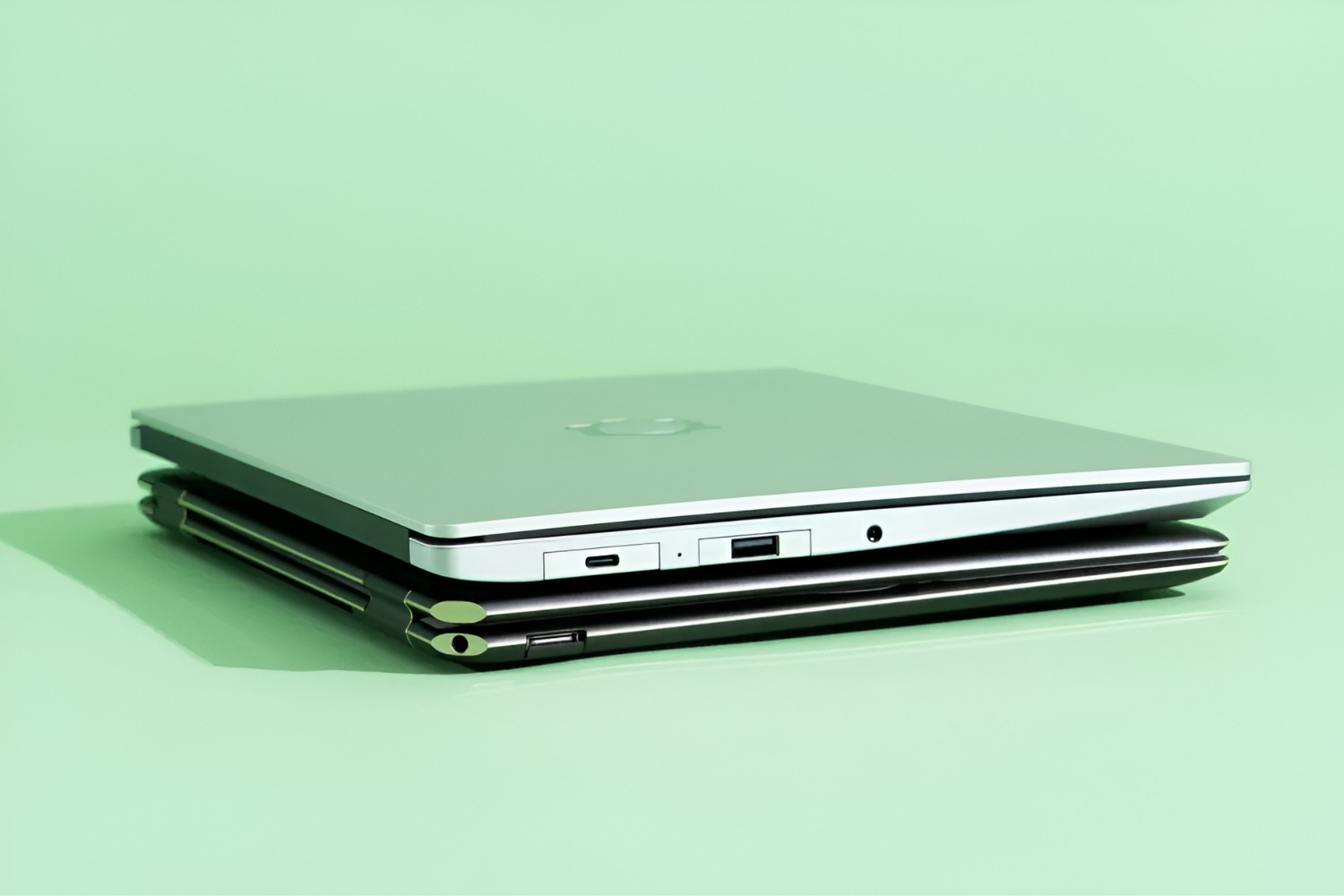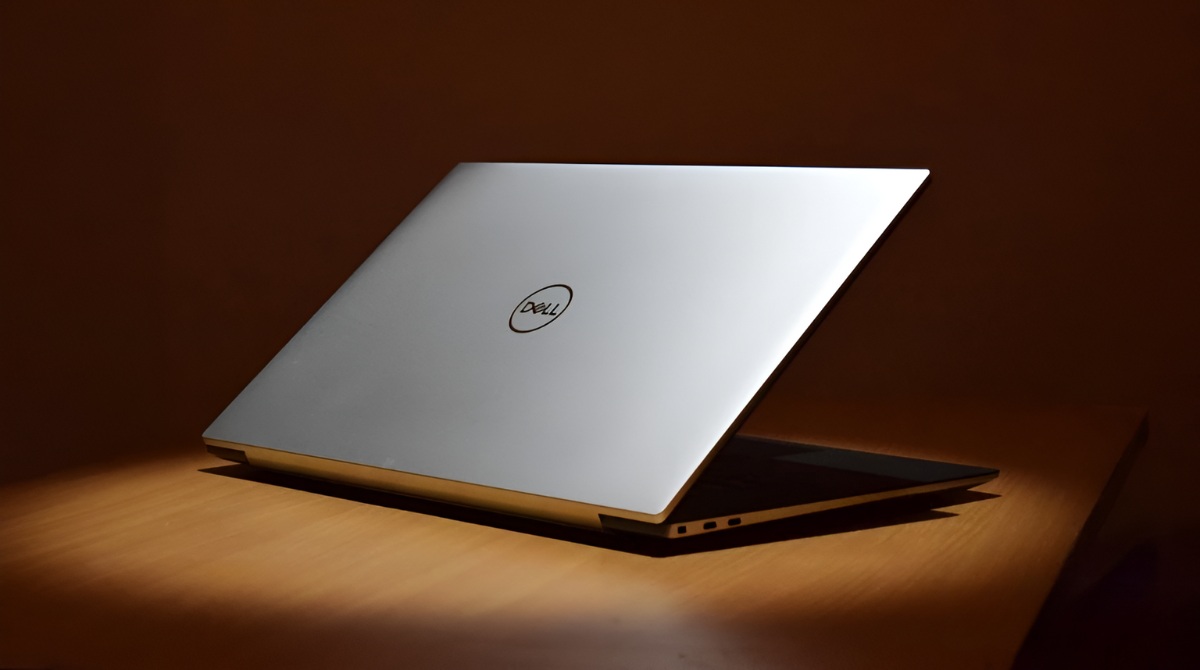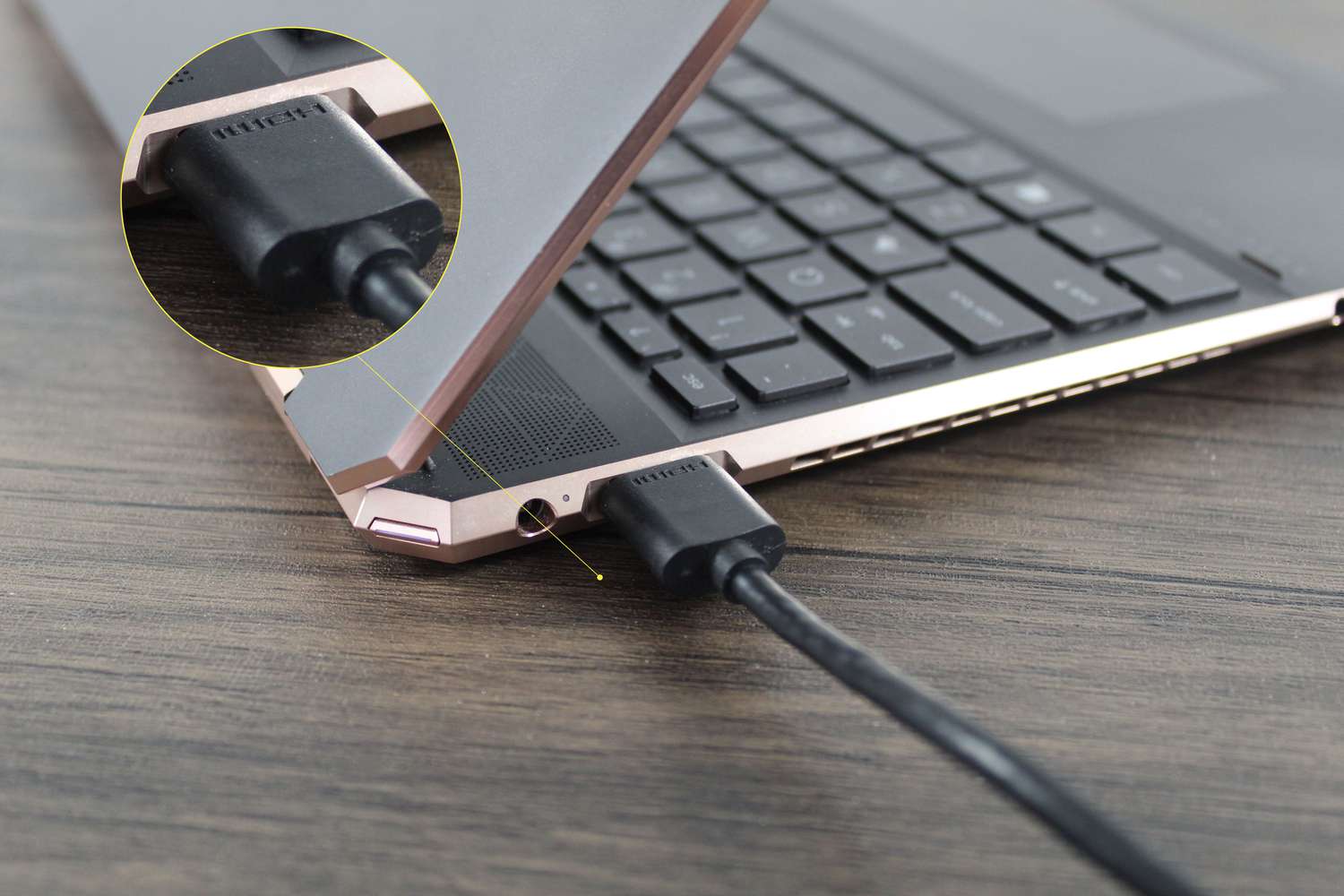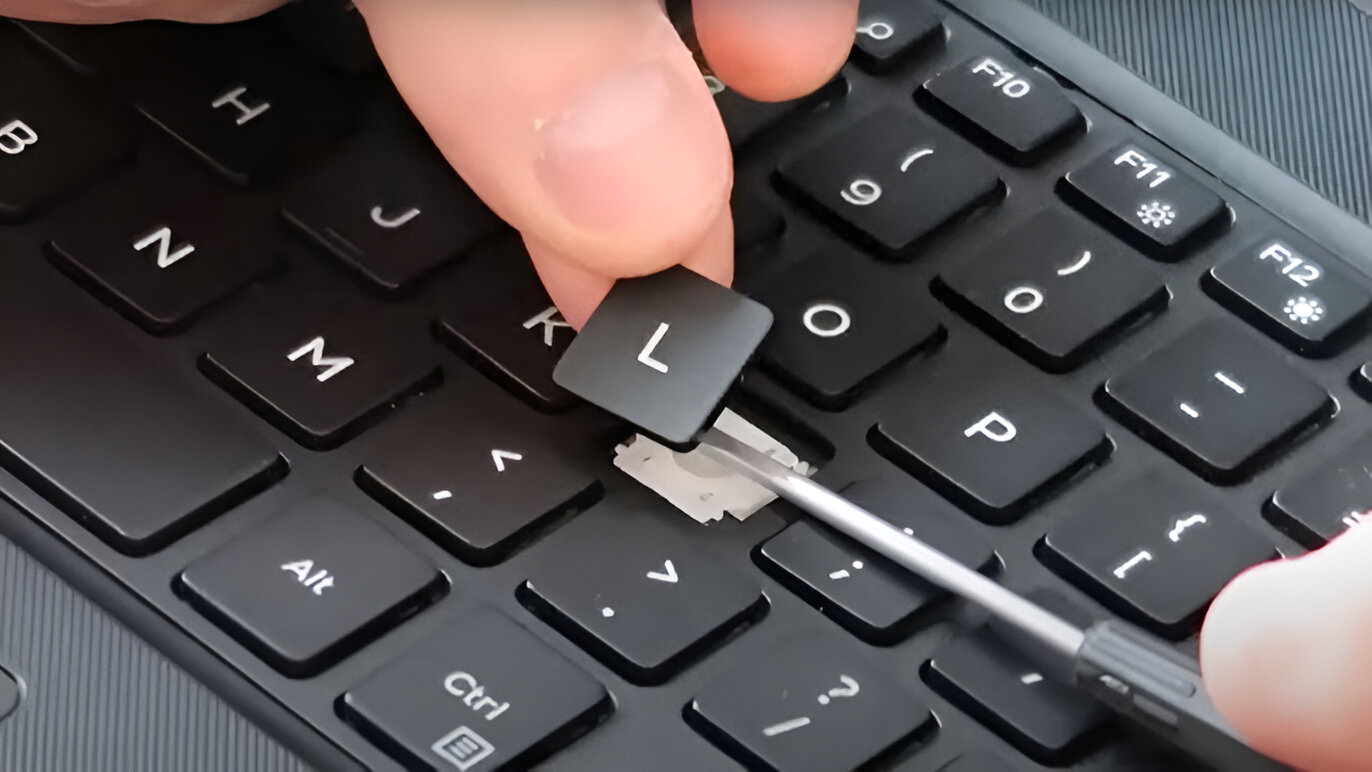Possible Causes
When experiencing the issue of a Samsung Ultrabook not turning back on when the lid is opened, there could be several potential causes. Understanding these possible factors can help guide the troubleshooting process and lead to a resolution. Let’s explore some of the common reasons why this problem may occur:
1. Power Settings: Incorrect power settings or misconfigured power options can prevent the Ultrabook from turning back on when the lid is opened. This can happen if the system is set to enter sleep mode or hibernate instead of resuming normal operations.
2. Driver Issues: Outdated or incompatible drivers can cause conflicts that disrupt the normal functioning of the Ultrabook. A driver related to power management or the screen might be the culprit behind the problem.
3. Lid Switch Malfunction: The lid switch, which is responsible for detecting when the laptop lid is opened or closed, can sometimes get stuck or become faulty. If the switch fails to send the proper signal to the system, it won’t recognize the lid being opened and won’t power on accordingly.
4. Power Saving Settings: Certain power-saving settings, such as enabling the Ultrabook to enter a deep sleep state, can prevent the device from quickly waking up when the lid is opened. These settings are designed to conserve battery life but can inadvertently disrupt normal functionality.
5. Hardware Issues: In some cases, there may be underlying hardware problems causing the Ultrabook to not power on when the lid is opened. Faulty components, loose connections, or a malfunctioning power button can all contribute to this issue.
It’s important to note that these causes are not exhaustive, and there may be other factors at play. To identify the specific cause of the problem, it is necessary to perform some troubleshooting steps.
Troubleshooting Steps
If you’re facing the issue of your Samsung Ultrabook not turning back on when the lid is opened, there are several troubleshooting steps you can take to narrow down the cause and potentially resolve the issue. Follow these steps in order to troubleshoot the problem effectively:
1. Reset the Power Options: Start by resetting the power options on your Ultrabook. Go to the control panel or settings menu and navigate to the power options. Choose the option to restore the default power settings and then restart your device.
2. Update the Drivers: Check for updates to your Ultrabook’s drivers, especially those related to power management and screen functionality. Visit the manufacturer’s website or use a driver update utility to ensure you have the latest drivers installed.
3. Check the Lid Switch: Carefully inspect the lid switch to ensure it’s not stuck or malfunctioning. Gently press and release the switch multiple times to see if it triggers the system to turn on. If the switch seems faulty, it may need to be replaced.
4. Adjust Power Saving Settings: Review the power-saving settings on your Ultrabook. Disable any settings that may be causing the device to enter a deep sleep state or hibernate for an extended period when the lid is closed. Look for options like “fast startup” or “quick resume” and enable them if available.
5. Resolve Hardware Issues: If none of the above steps resolve the issue, it’s possible that there is a hardware problem causing the Ultrabook to not turn on when the lid is opened. In this case, you may need to contact a professional technician or the manufacturer’s customer support for further assistance.
Remember, these troubleshooting steps serve as a starting point, and the specifics may vary depending on your device model and operating system. If you’re unsure or uncomfortable performing any of these steps, it’s always best to seek professional help to prevent potential damage to your Ultrabook.
Resetting the Power Options
One of the initial troubleshooting steps to take when facing the issue of a Samsung Ultrabook not turning back on when the lid is opened is to reset the power options. Resetting the power options can help resolve any misconfigurations or incorrect settings that may be causing the problem. Here’s how you can do it:
1. Open Control Panel: Click on the Start menu and search for “Control Panel.” Once you find it, click on it to open the Control Panel window.
2. Access Power Options: In the Control Panel, locate and click on the “Power Options” icon. This will open the Power Options settings window.
3. Restore Default Settings: Look for the option that allows you to restore the default power settings. The exact location of this option may vary depending on your operating system version. It is usually found in a section labeled “Change plan settings” or “Edit plan settings.”
4. Apply Changes and Restart: After selecting the option to restore the default power settings, click on “Apply” and then “OK” to save the changes. Restart your Ultrabook to allow the changes to take effect.
5. Test the Lid Opening: Once your Ultrabook has restarted, test if it now turns back on when the lid is opened. Lift the lid and observe if the device powers on as expected.
If resetting the power options does not resolve the issue, you can proceed to the next troubleshooting step. It’s important to note that if you have customized power options or made any specific changes to the settings, resetting to default may remove those modifications. So, ensure that you have noted down any customizations before performing this step.
Updating the Drivers
Outdated or incompatible drivers can often cause conflicts and issues with various functions of a Samsung Ultrabook, including the failure to turn back on when the lid is opened. Updating the drivers can help resolve these problems and ensure smooth performance. Follow these steps to update the drivers on your Ultrabook:
1. Identify the Driver: Start by identifying the driver that may be related to the power management or screen functionality. In most cases, it will be the graphics driver or the power management driver. Check the manufacturer’s website or the device manager to find the specific driver.
2. Visit the Manufacturer’s Website: Once you have identified the driver, visit the manufacturer’s website. Look for a support or drivers section where you can search for the latest driver updates.
3. Download and Install Updates: Locate the correct driver update for your Ultrabook model and operating system. Download the driver update file and follow the provided instructions to install it on your device.
4. Restart Your Ultrabook: After installing the driver updates, restart your Ultrabook to allow the changes to take effect. This will ensure that the updated driver is loaded correctly.
5. Test the Lid Opening: Once your Ultrabook has restarted, test if it now turns back on when the lid is opened. Lift the lid and observe if the device powers on as expected. If not, proceed to the next troubleshooting step.
It’s important to note that driver updates can improve functionality and compatibility, but they may not always resolve every issue. If updating the drivers does not fix the problem, continue with the next troubleshooting step to uncover the underlying cause.
Checking the Lid Switch
One of the potential causes for a Samsung Ultrabook not turning back on when the lid is opened is a malfunctioning or stuck lid switch. The lid switch is responsible for detecting when the laptop lid is opened or closed and sending the appropriate signal to the system. If the lid switch fails to send the signal, it can prevent the Ultrabook from powering on when the lid is opened. Here’s how you can check the lid switch:
1. Locate the Lid Switch: The lid switch is usually located near the hinges of the Ultrabook. It is a small mechanism that gets pressed down or released when the lid is opened or closed. Take a close look at the hinge area to find the lid switch.
2. Inspect for Physical Obstructions: Inspect the lid switch for any physical obstructions that may be causing it to get stuck. Dust, debris, or even small objects can hinder the proper functioning of the switch. Use a soft brush or compressed air to clean the area around the switch.
3. Test the Lid Switch: Gently press and release the lid switch multiple times to test its functionality. Listen for any audible clicks or feel for any tactile response when pressing the switch. A properly functioning switch should have a smooth and consistent action.
4. Check for Faulty Wiring: Examine the wiring connected to the lid switch. Look for any signs of damage or loose connections. If the wiring appears to be damaged or the connections are loose, it may require repairs or replacement.
5. Test the Ultrabook: After inspecting and testing the lid switch, close the lid of your Ultrabook and then open it again. Observe if the device powers on as expected. If the Ultrabook still fails to turn on, proceed to the next troubleshooting step.
Remember, if you’re not comfortable or experienced with hardware-related troubleshooting, it’s best to seek professional assistance from a technician or contact the manufacturer’s customer support for guidance on checking and repairing the lid switch.
Adjusting the Power Saving Settings
Power saving settings on a Samsung Ultrabook can sometimes interfere with the device’s ability to turn back on when the lid is opened. The purpose of these settings is to conserve battery life, but they can inadvertently cause delays or disruptions in the wake-up process. By adjusting the power saving settings, you may be able to resolve this issue. Follow these steps to adjust the power saving settings on your Ultrabook:
1. Access Power Options: Open the Control Panel on your Ultrabook by clicking on the Start menu and searching for “Control Panel.” Once you find it, click on it to open the Control Panel window.
2. Navigate to Power Options: In the Control Panel, locate and click on the “Power Options” icon to open the Power Options settings window.
3. Select a Power Plan: Look for the power plan that is currently selected and active. It is usually labeled as “Balanced” or “Power saver.” Click on the “Change plan settings” link next to your selected power plan.
4. Adjust Power Saving Options: In the power plan settings, you will find different power-saving options that can impact the device’s wake-up behavior. Look for options like “Sleep,” “Hibernate,” or “Display turn off” settings. Adjust these options to ensure they align with your desired preferences.
5. Apply Changes and Restart: After making the necessary adjustments to the power-saving settings, click on “Apply” and then “OK” to save the changes. Restart your Ultrabook to allow the modifications to take effect.
6. Test the Lid Opening: Once your Ultrabook has restarted, test if it now turns back on when the lid is opened. Lift the lid and observe if the device powers on as expected. If not, move on to the next troubleshooting step.
Remember that adjusting the power-saving settings may result in a trade-off between battery life and device performance. It’s always a good idea to find a balance that suits your needs while ensuring the Ultrabook functions properly when the lid is opened.
Resolving Hardware Issues
If none of the previous troubleshooting steps have resolved the issue of your Samsung Ultrabook not turning back on when the lid is opened, there may be underlying hardware problems causing the issue. In such cases, it is important to identify and resolve these hardware issues. Here are some steps you can take to address potential hardware problems:
1. Check Physical Connections: Ensure that all the necessary cables and connectors are securely connected to your Ultrabook. Loose or faulty connections can disrupt the power flow and prevent the device from turning on. Re-seat the power cables, battery, and any other relevant connections.
2. Remove External Devices: Disconnect any external devices, such as USB devices or docking stations, from your Ultrabook. Sometimes, faulty external devices can interfere with the proper functioning of the system. Restart your Ultrabook and see if it powers on without the external devices connected.
3. Inspect for Physical Damage: Examine your Ultrabook for any signs of physical damage. Look for dents, cracks, or other visible damage that may be affecting its internal components. Physical damage can disrupt the normal operation of the device and prevent it from turning on. If you find any damage, consult a professional technician for repair or replacement options.
4. Reset the BIOS/UEFI Settings: Access the BIOS/UEFI settings on your Ultrabook and perform a reset to default. This will restore the firmware settings to their original state. Be cautious while making changes in the BIOS/UEFI as incorrect settings can cause further issues. Refer to the manufacturer’s guidelines or documentation for specific instructions on resetting the BIOS/UEFI settings.
5. Seek Professional Assistance: If the above steps do not resolve the issue, it is recommended to seek professional assistance from a technician or contact the manufacturer’s customer support. They will be able to conduct further diagnostics and provide appropriate solutions for the hardware problems you may be facing.
Remember, handling hardware-related issues requires expertise and knowledge. It’s important to exercise caution and seek professional guidance to prevent any further damage to your Ultrabook.
Contacting Customer Support
If you have exhausted all the troubleshooting steps and are still unable to resolve the issue of your Samsung Ultrabook not turning back on when the lid is opened, it is time to reach out to the manufacturer’s customer support for further assistance. Here’s what you can do:
1. Locate Customer Support Information: Visit the official website of the manufacturer or search for their customer support contact details. Look for a “Support” or “Contact Us” section where you can find relevant contact information.
2. Prepare Your Information: Before reaching out to customer support, gather all the necessary information about your Ultrabook. This includes the model number, serial number, and any other relevant details about the issue you’re experiencing. Having this information ready will help facilitate a smoother support experience.
3. Contact Customer Support: Once you have the necessary information, reach out to the customer support team via phone, live chat, or email. Explain the issue you’re facing in detail, mentioning the troubleshooting steps you’ve already taken. Be patient and polite while interacting with the support representative, as they will guide you through further steps or possible solutions.
4. Follow the Instructions: The customer support representative may provide specific instructions or additional troubleshooting steps for you to follow. Be sure to follow their guidance closely, providing any requested information or performing any necessary actions accurately.
5. Warranty and Repair Options: If the issue cannot be resolved through troubleshooting, inquire about warranty coverage and repair options. Depending on the specifics of your situation, the manufacturer may offer repair services or replacement options for your Ultrabook.
6. Document the Communication: During your interaction with customer support, take note of important details such as case numbers, names of the representatives, and the resolution steps discussed. This documentation can be useful for future reference or if you need to escalate the matter further.
Remember, the manufacturer’s customer support team is there to assist you and provide the best possible solutions. Stay patient and cooperative throughout the process to ensure a positive support experience.







